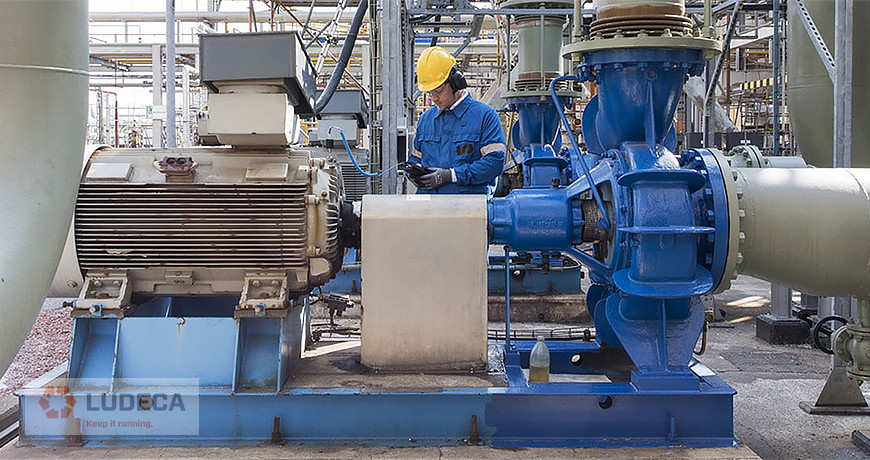We know bearings need grease; both to perform well and to last a lifetime. But do we really understand where that grease goes and how it performs its function?
There are two states that grease lives in when a bearing is lubricated. We refer to them as the Bleeding Phase and the Churning Phase. Let’s review so we can better visualize what’s happening in each phase.
Remember that grease is made up of oil, thickener, and additives. The thickener is the vehicle that delivers base oil to the war zone, where the rolling elements meet the races. These contact points are kept separated by the oil film that lubricates the contact point interface.

There are two distinct phases or conditions that can exist:
- The Churning Phase: describes the phase or condition when thickener is present within the war zone.
- The Bleeding Phase: describes the phase when only the base oil is present in the war zone.
Let’s concentrate first on the churning phase. When there is thickener in the raceway, higher friction levels are present. The rolling elements must “plough” their way through this media. The result is higher temperatures from the bearing, and ultimately the motor. The motor consumes more electricity and the excess heat accelerates lubricant deterioration and consumption of additives.
When we over grease a bearing we cram thickener into the war zone; and we force that thickener to stay in the war zone. And that is a huge problem. It’s stuck there. That means the thickener sits there and gets run over by the rolling elements millions of times a day.
Two significant problems come from this:
- The fibers of the thickener get crushed to the point where it can no longer hold the base oil where it’s needed. The grease ages prematurely, adding more inaccuracy to your time-based re-greasing regimen.
- The fibers of the thickener, now crushed to smaller sizes, become suspended in the base oil. This changes the lubricant’s viscosity to the extent that it no longer matches the required lubricity of the application.
By crushing the thickener in the churning phase we’ve completely altered the properties of the lubricant and dramatically reduced its lifespan.
It is quite normal for the bearing and grease to be in the churning phase for a few seconds. This happens during grease replenishment, with each injection of new grease. The time for new grease to enter the bearing and settle to the grease cavity is called a stabilization period. Depending on the RPM of the bearing, this can be a few seconds or several minutes.

What lube techs must know is that their job is to transition the bearing from the churning phase to the bleeding phase as quickly as possible. This happens when a planned strategy for re-lubrication is in place, and they don’t exceed the calculated grease replenishment quantity.
The bleeding phase describes the optimum condition where the right amount of grease resides outside the war zone, and the movement of the bearing allows only the base oil, infused with additives, to sufficiently bleed from the thickener to the space between the rolling elements.
The only way to confidently know the bearing has reached an optimal churning phase is to measure its friction levels with an ultrasound instrument accurate enough to deliver repeatable, reliable data.
We welcome you to read the previous blog in this series, “What is Grease?”
Check out our LUBExpert, the ultrasound solution to avoid grease-related bearing failure! Plus, download our 5-Step Acoustic Lubrication Procedure an effective lubrication procedure to grease bearings right.
Filed under:
Lubrication by Allan Rienstra - SDT Ultrasound Solutions
